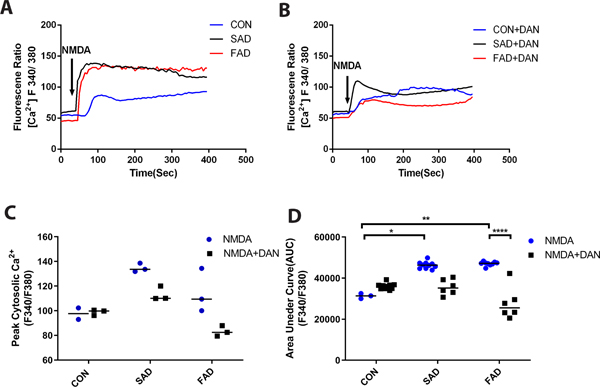Figure 9. Dantrolene increased LC3II levels in induced pluripotent stem cells from Alzheimer’s disease patients.

(A) Representative immunohistochemical images and (C) representative Western blots of LC3II (red) in lysosomes (LAMP2, green) in induced pluripotent stem cells from sporadic Alzheimer’s disease (SAD), familial Alzheimer disease (FAD) and healthy human controls (CON), with Dimethyl sulfoxide (DMSO), dantrolene, or dantrolene plus bafilomycins (BAFI). (B) Quantitation of the double-labeled immunostained cells showed that dantrolene with bafilomycins resulted in significantly greater LC3II in lysosomes (LAMP-2) in sporadic Alzheimer’s disease (p<0.0001, p<0.0001), familial Alzheimer’s disease (p<0.0001, p=0.001), and CON (p<0.0001) cells compared to dimethyl sulfoxide or dantrolene, respectively. There were significant sources of variation in interaction (F(4,35)=8.18, p<0.0001), cell type (F(2,35)=24.08, p<0.0001), and treatment (F(2,35)=177.00, p<0.0001) using two-way ANOVA and Sidak’s multiple comparison test. (D) Quantitation of Western blots similarly showed that dantrolene with bafilomycins resulted in significantly greater LC3II in lysosomes (LAMP-2) in sporadic Alzheimer’s disease (p<0.0001, p<0.0001), familial Alzheimer’s disease (p<0.0001, p<0.0001), and control (p<0.0001, p<0.0001) cells compared to used dimethyl sulfoxide or dantrolene alone, respectively. familial Alzheimer’s disease cells treated with dantrolene were also significantly increased (p=0.0004) compared to familial Alzheimer’s disease treated with dimethyl sulfoxide cells. Interaction (F(4,18)=6.92, p=0.002) and treatment (F(2,18)=303.40, p<0.001) were significant sources of variation using two-way ANOVA and Sidak’s multiple comparison test. (E) Representative Western blot of P62 levels in control, sporadic Alzheimer’s disease and familial Alzheimer’s disease cells. (F) Quantitation of P62 Western blots found that this marker of cellular stress is significantly greater in familial Alzheimer’s disease cells (p=0.015) compared to control using the Kruskal-Wallis test (p=0.004) followed by Dunn’s multiple correct tests. All data are expressed as the mean±SD from at least 3 independent experiments (n=3 replicates for all groups). *P<0.05, **P<0.01, *** P<0.001, ****P<0.0001
